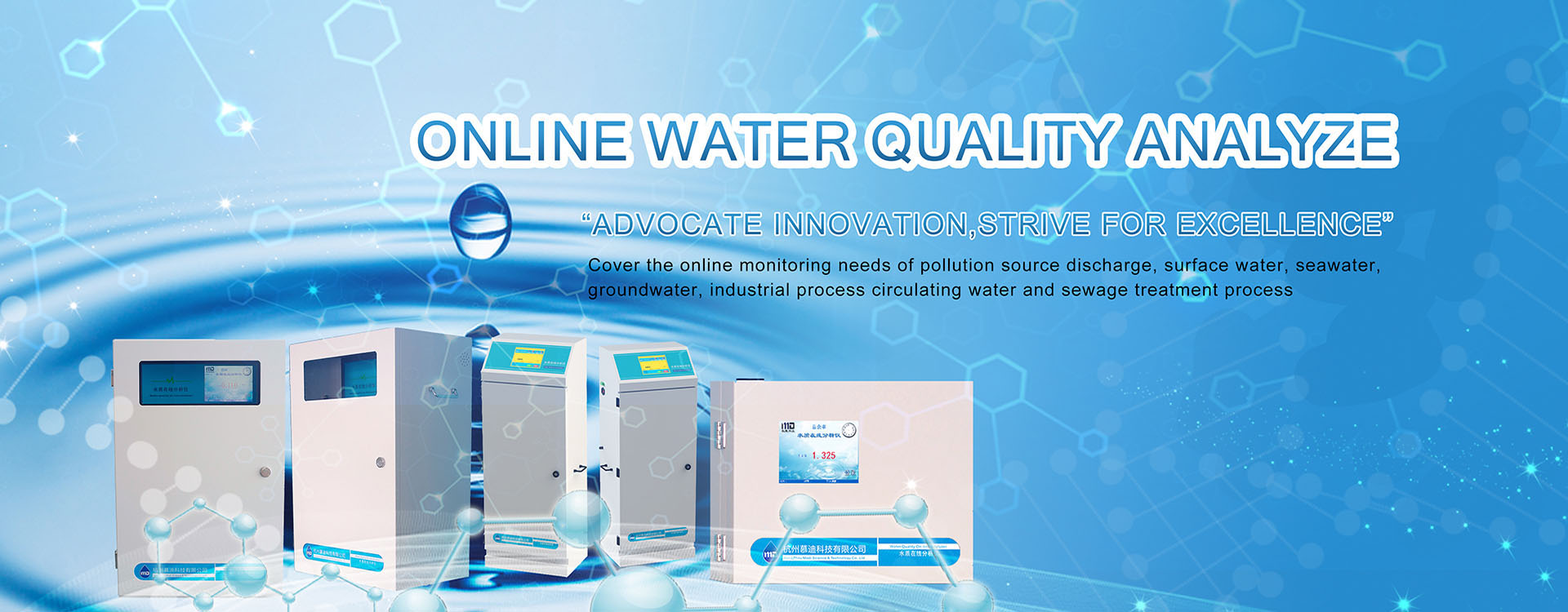When it comes to toxicology, its indicators include substances that have toxic effects on the human body. The amount of this substance is strictly regulated. In China’s “Drinking water sanitation standards”, the chemical indicators include arsenic, mercury, nitrate, mercury, lead, silver and so on 15 items. The limits for these substances are based on information obtained from toxicological studies and population epidemiological investigations. We can carry out real-time online monitoring of these items through the water quality online analyzer to see if they meet the standards, ensure that the chemicals and radioactive substances contained in the water will not cause harm to the human body, and must require that the chemicals and radioactive substances in the water do not cause acute and chronic poisoning, or even more serious!
So what are the indicators related to disinfection? The indicators related to disinfection are mainly manifested in the following three indicators:
1.Swim ion residual chlorine (more commonly used disinfection method).
The relevant staff have shown through experiments that when exposed to 30mom, the residual chlorine of swimming ions is above 0.3mg/L, and it has an elimination effect on intestinal pathogens and brucella. However, the olfactory and taste thresholds of residual chlorine are between 0.2-0.5 mg/L, and the broad concentration of chronic toxicity is 2.5mg/L. In this way, the residual chlorine of floating ions should not be less than 0.3mg/L after 30min of contact during chlorine disinfection. (Residual chlorine in water can be monitored in real time through the total residual chlorine online analyzer to observe the change of water quality)
2.Ozone.
The use of ozone disinfection requires at least 12 minutes of contact with water. If the concentration of ozone in the water has reached more than 1mg/L, it can destroy harmful microorganisms such as spore viruses and fungi.
3.Chlorine dioxide.
Contact with water for at least 30min, and ensure that the residual chlorine dioxide is less than 0.7mg/L.




